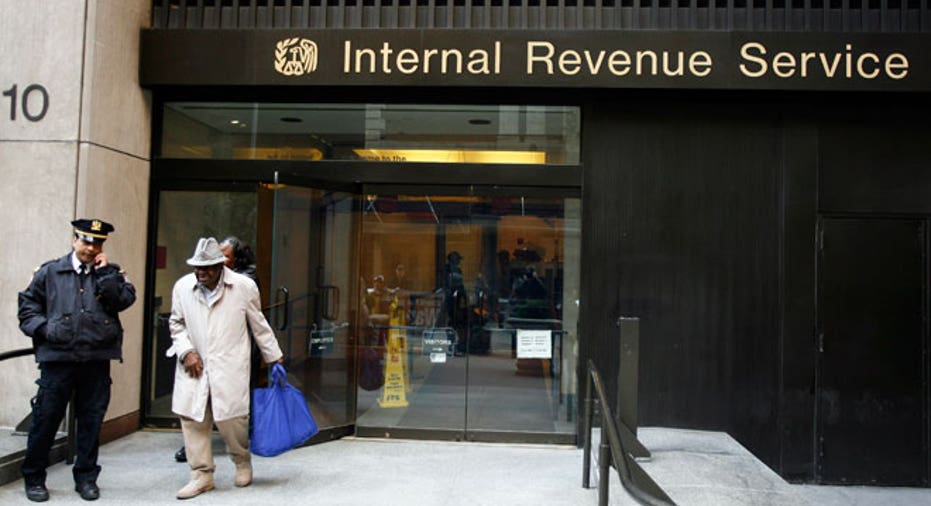IRS Penalties: What to Expect

April 15 has come and gone, and now is the time of year that I begin fielding questions from those who didn’t file or were unable to fully pay their 2013 income tax liability by the deadline.
Along with the “what-if” scenarios comes the resounding question, “How much will I have to pay in penalties?”
Many believe that filing an extension to file their return also gives them a reprieve from paying their taxes until the extended deadline of Oct. 15. Not so. The extension merely grants additional time to compile and prepare your income tax return. The IRS expects you to estimate and pay your tax liability by April 15.
Failure to Pay: Late Payment
The failure to pay penalty is half of 1% (.50%) of your unpaid taxes for each month or part of a month after the due date (April 15 for individual income tax filers) that the tax is not paid. You will likely not get hit with this penalty if you have filed an extension and have prepaid at least 90% of your tax liability prior to April 15. You must also pay the remaining balance by Oct. 15, the extended due date of the tax return.
Failure to Pay: Installment Agreement
If you were unable to pay your tax by the due date and you have filed your income tax return by April 15 or if you filed an extension to Oct. 15 then the late payment penalty is cut in half to 0.25% rather than 0.50% as long as you have set up an installment agreement with the IRS.
You can accomplish this by filing IRS Form 9465. This form can be filed with your tax return or sent in separately. You can also go to the IRS website to complete the Online-Payment-Agreement-Application. It’s easy to do. Be aware that there is a fee for setting up an installment agreement.
Failure to Pay: Intent to Levy
If the IRS sends an “Intent to Levy” letter to you, you can bet the failure to pay penalty will be increased to 1% per month. You will only receive this letter if you ignore requests for payments and don’t contact the IRS to set up a payment arrangement or affect other action such as being deemed currently not collectable.
All failure to pay penalties will not exceed 25% of your unpaid tax liability.
Failure to File Penalty
Failure to file penalties are much more costly than failure to pay penalties. If you do not file by the due date including extensions, the penalty is 5% per month of the unpaid tax liability and caps out at 25%. As you can see, it’s important to file even if you are unable to pay the tax owing.
If the tax return is more than 60 days late, the minimum penalty is the smaller of $135 or 100% of the unpaid tax.
A combination of the failure to file and failure to pay tax penalties can be expensive, so if you still haven’t filed, there’s no time like the present.